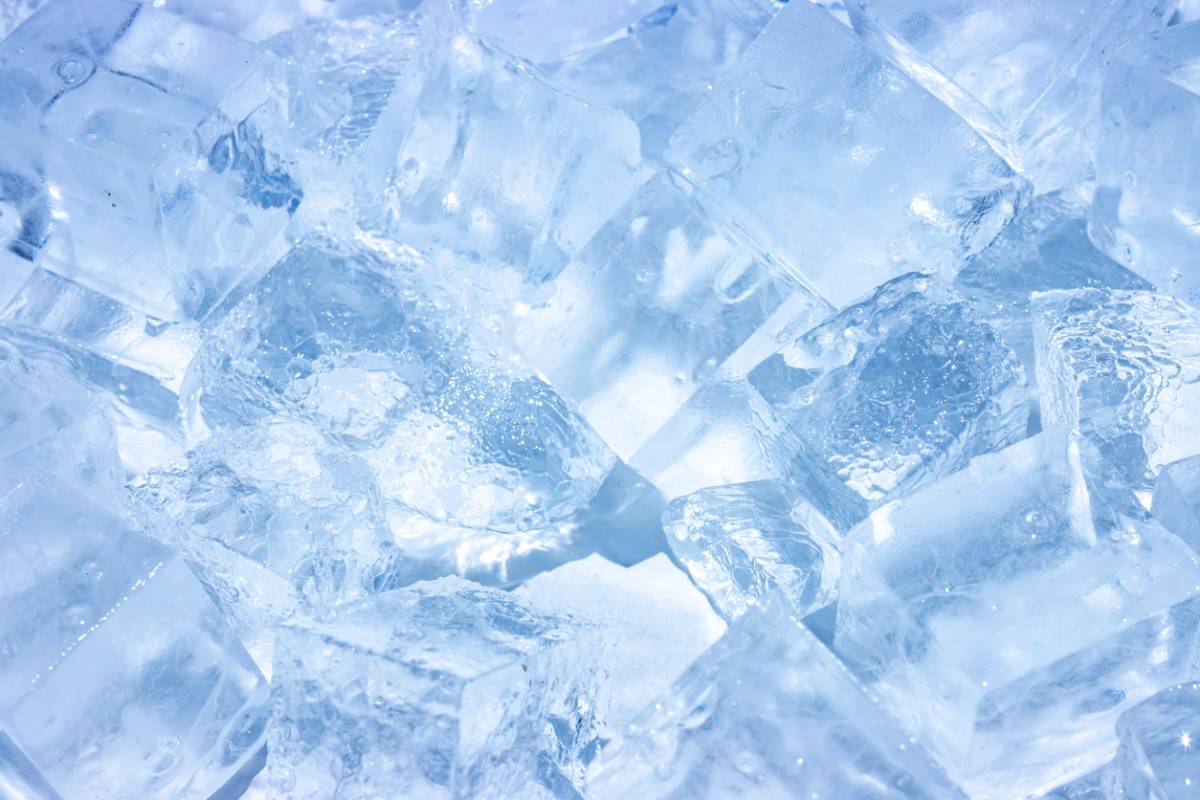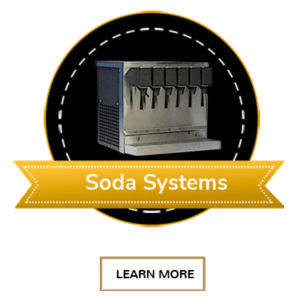
The environment created by your ice machine may seem formidable to you, but it’s an absolute paradise for mold. In order to keep mold in check, it is important to completely clean out your commercial ice maker at least once every six months. So can ice machines get mold?
Can Ice Machines Get Mold?
If you prepare any food within 10-15 feet of your ice machine, then you should step up cleanings to once every three months to be safe.
How Do You Clean a Commercial Ice Machine?
Cleaning your commercial ice makers in Los Angeles is a bit of a hassle. Unless you have somewhere to store enough extra ice to last for the entire day, you should only clean your ice machine after closing. When your ice maker is due for a cleaning, plan on having one employee spend about an hour cleaning.
Step 1: Empty the Ice
The first step is to completely empty your ice machine of ice. You will likely have to dispose of this ice down the sink unless you have another ice machine that can hold it. If there is any mold in your ice machine, then you should dispose of the ice regardless.
Step 2: Address Problem Areas
If you do see mold, then you will want to address those areas first. You can either create a 20/80 chlorine and water mixture, or you can buy one premixed. For safety reasons, it is often better to buy the premixed solution.
Spray the areas where you see mold and let it sit for a few moments. Wipe the surface down with a clean towel. Rinse the towel thoroughly and wipe down the surface again to help remove residual chlorine.
Step 3: Deep Cleaning
Once you’ve removed mold, slime, and other problem spots, it’s time for the deep clean. In a clean spray bottle, you can combine a mixture of mild dish soap and water. Spray down the interior of the basket, scoop, exterior, and any other parts that you can safely clean.
Once the solution has been sprayed over the area where you are working, wipe down the area with a clean, damp towel. Rinsing the towel and wiping a second time may be necessary if there is still residue present.
Step 4: Allow Your Ice Machine to Resume Making Ice
Cleaning your ice maker after closing gives the machine ample time to refill overnight. While you may choose to clean the machine before opening or during a slow day, you should know that it will be several hours before you have enough ice to keep up even if traffic is slow.
How Do You Prevent Mold Growth?
Obviously, mold can grow pretty fast, and you don’t want to be constantly cleaning your ice maker. Other than maintaining a regular cleaning schedule, there are three other steps you can take to reduce the risk of mold growth.
Replace Air Filters Clean:
Mold needs moisture and food to thrive. Clean air filters are far less likely to let through particles that mold can feed on. To learn more about your air filters and their maintenance, contact your beverage company and ask about your particular model.
Use an Ozone Generator:
While it isn’t necessary, an ozone generator can help to keep your ice maker more sterile in between cleanings. It’s an option that may be worthwhile if you’re struggling to keep mold at bay.
Maintain Your Machine Regularly:
Cleaning is important, but so is regular maintenance. Peruse your user manual to learn more about the model’s maintenance schedule and potential problem areas. If you no longer have your manual, contact the manufacturer.











